Table of Contents
ToggleIntroduction: Solving the Low-Ceiling Lifting Dilemma
Lifting heavy loads in tight, low-clearance environments is a common challenge in workshops, warehouses, and home garages. Traditional overhead cranes are often too bulky, and many gantry systems exceed vertical space allowances. Enter the small jib crane: a compact, efficient, and versatile lifting solution specially designed for limited headroom applications.
This article explores how small jib cranes can be effectively designed and deployed in low-ceiling spaces, helping you optimize material handling without sacrificing valuable vertical clearance.
Why a Small Jib Crane Is Ideal for Low-Headroom Areas
When space is at a premium, every inch matters. Low-ceiling areas such as basement workshops, older industrial buildings, or residential garages require lifting systems that provide strength without excessive overhead height.
A small jib crane offers these benefits:
- Compact vertical profile
- Customized boom height and reach
- Wall or floor mounting options
- 360° or 180° rotation, depending on configuration
For a foundational understanding, see Small Jib Crane: Essential Guide for Confined Workspaces.
Design Considerations for Low-Ceiling Installations
When installing a small jib crane in a low-height space, careful planning is essential. Here are the key design factors:
1. Height Under Boom
This is the vertical distance from the floor to the underside of the jib boom. In low-ceiling rooms, this needs to be optimized to accommodate both the load and the hoist.
2. Overall Height
Total crane height, including electrical and mechanical components, should avoid interference with ceiling fixtures, ducting, or lighting.
3. Boom Type and Length
Choose a boom length that allows adequate swing without hitting walls or equipment. In some cases, an Articulated Jib Crane – Wall Mounted can help maneuver around obstructions.
4. Mounting Type
- Wall-mounted cranes save floor space and require no foundation.
- Column-mounted cranes offer stability in central locations.
- Foundationless base-plate models can be installed on reinforced concrete floors without custom foundations.
Types of Small Jib Cranes That Suit Low-Ceiling Rooms
1. Wall-Mounted Small Jib Cranes
Perfect for basements or garages where floor space is limited. These systems are mounted directly to structural walls or columns and offer 180° rotation.
2. Drop Cantilever Jib Cranes
The boom is drop-mounted below the top of the mast to clear low ceilings. These designs are especially useful in retrofit installations.
3. Articulating Jib Cranes
These feature dual booms, enabling precise positioning in tight spaces. The articulated design allows movement around pillars, corners, and other obstructions.
Discover more more crane products suited for restricted-height environments.
Small Jib Crane Applications in Low-Headroom Spaces
Home Garages
Ideal for engine lifting, tool handling, and project assembly. Explore Small Jib Crane Use Cases in Home Garage Installations to see how homeowners are integrating cranes into DIY workspaces.
Industrial Work Cells
Small jib cranes improve safety and productivity in spaces where large overhead cranes are impractical. Check out Small Jib Crane for Tight Industrial Lifting Needs.
Maintenance Bays
Used to lift motors, pumps, and small components in rooms with low beams or piping.
Landscaping and Paving Shops
Pair a small jib crane with a paver lifter to move slabs, stones, or blocks with precision and minimal overhead space.
Advantages of Small Jib Cranes in Low-Ceiling Installations
- Improved Safety: Reduces back injuries by eliminating manual lifting.
- Greater Reach: Moves loads into corners or under structures.
- Ease of Use: Push-button or manual controls for lifting and rotation.
- Lower Cost: More affordable than full gantry or bridge crane systems.
- Minimal Structural Impact: Wall- or slab-mounting avoids extensive building modification.
Installation Tips for Success
- Always verify floor or wall load capacity before mounting.
- Ensure the crane’s boom can rotate freely without hitting lighting, shelving, or HVAC.
- Keep the hoist as compact as possible to preserve lift height.
- Choose manual, electric, or air-powered hoists based on power availability.
- Apply anti-corrosion treatments for humid or enclosed environments.
Pairing Small Jib Cranes with Other Equipment
A small jib crane enhances operations when integrated with other material handling equipment:
- Use alongside a compact gantry crane for staged operations.
- Coordinate with vacuum lifters or balancers for fragile or irregular loads.
- Supplement forklift activity by positioning loads in confined areas.
Conclusion: Elevate Efficiency in Low Spaces
When vertical clearance is limited, the small jib crane stands out as the go-to lifting solution. Its streamlined design, flexible installation options, and affordable cost make it the smart choice for workshops, garages, tight production cells, and service rooms.
If your space challenges demand creative solutions, consult Aardwolf’s product experts to customize a low-profile crane setup that meets your height, load, and safety needs.
Explore more more crane products today to start lifting smarter in your low-ceiling environment.

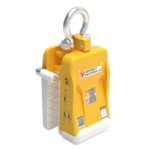
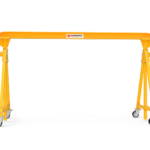
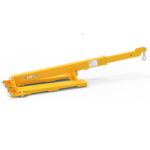
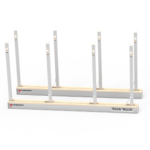
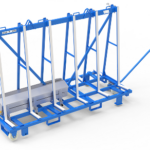

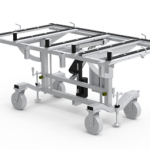
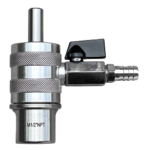
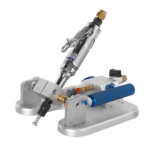
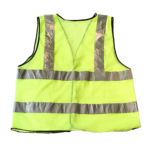

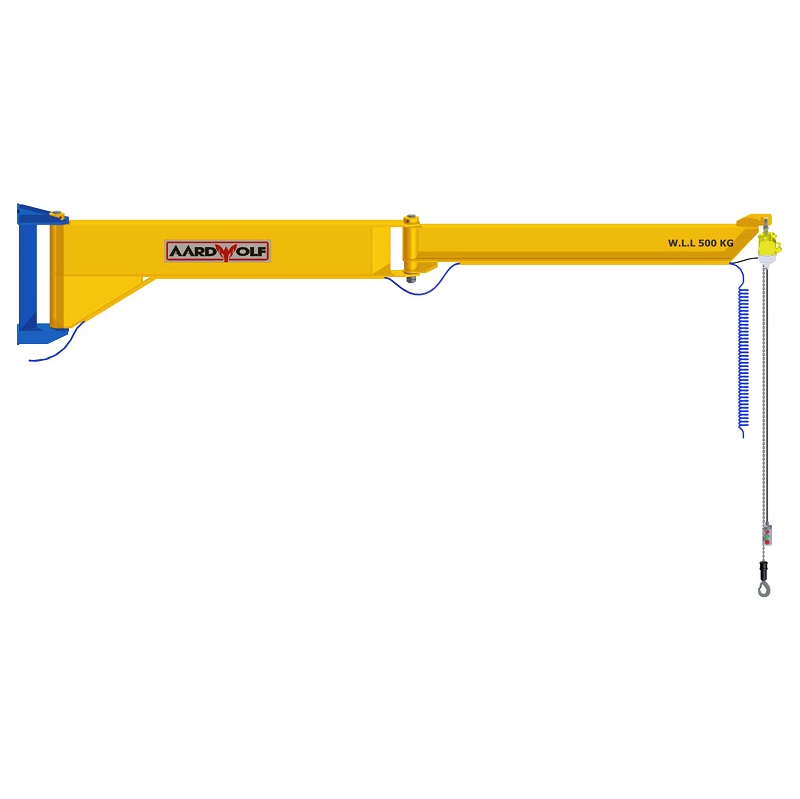
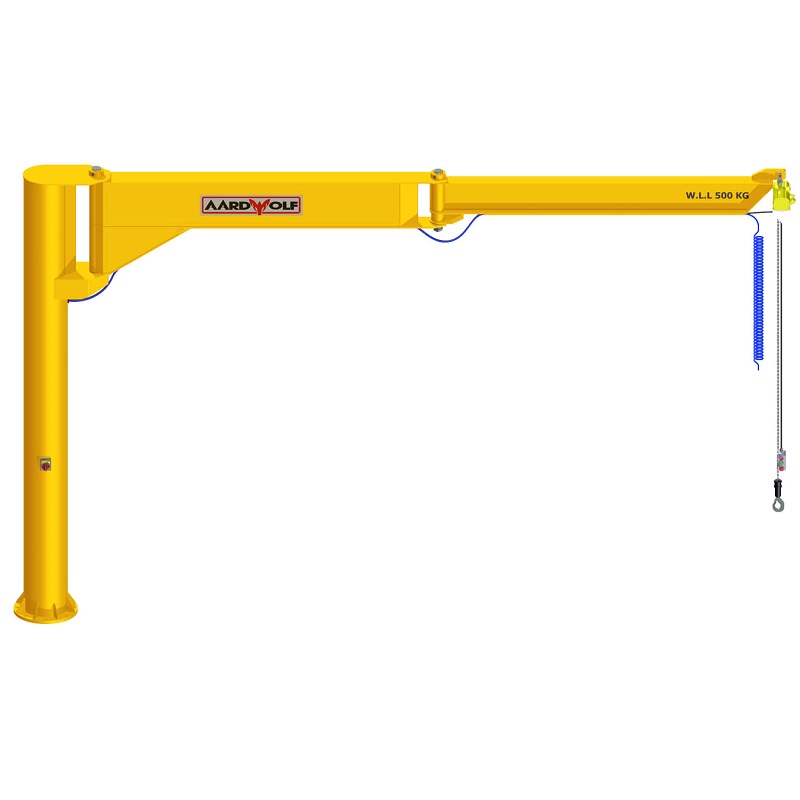

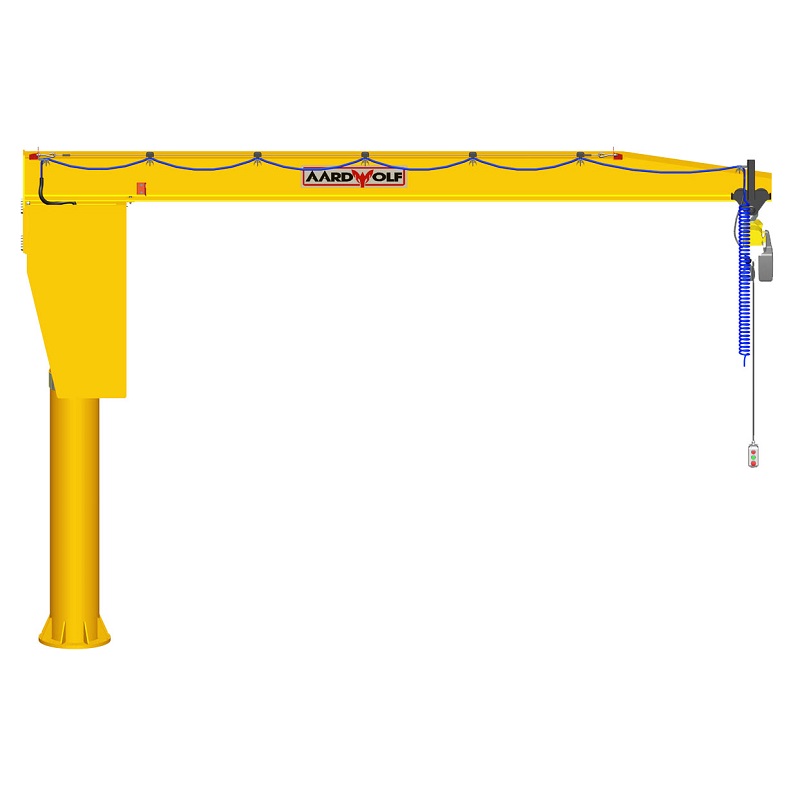
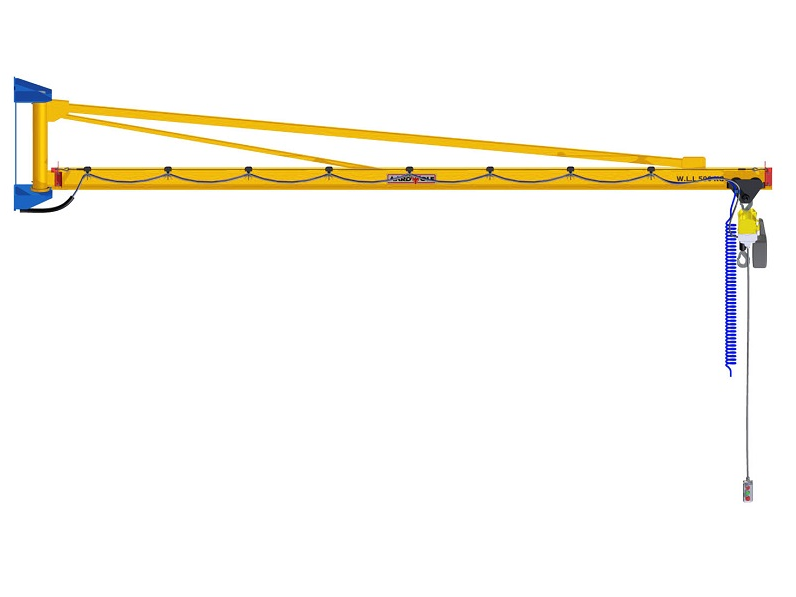
Please log in to leave a comment.